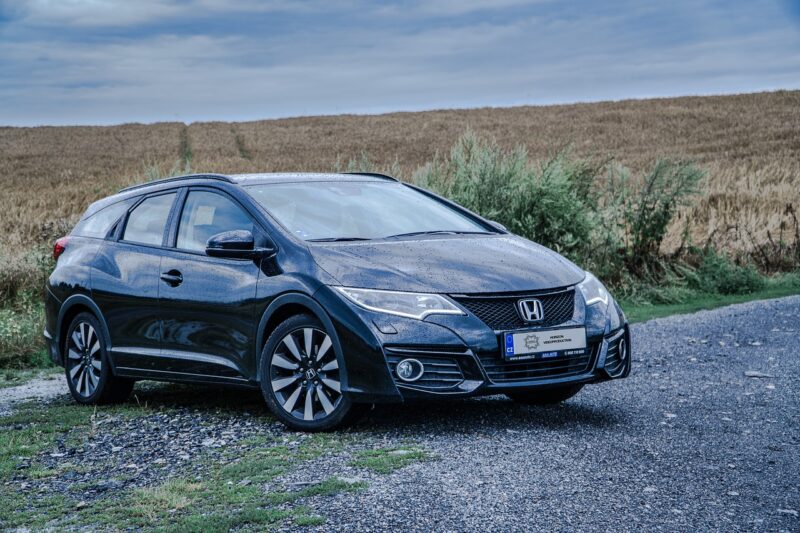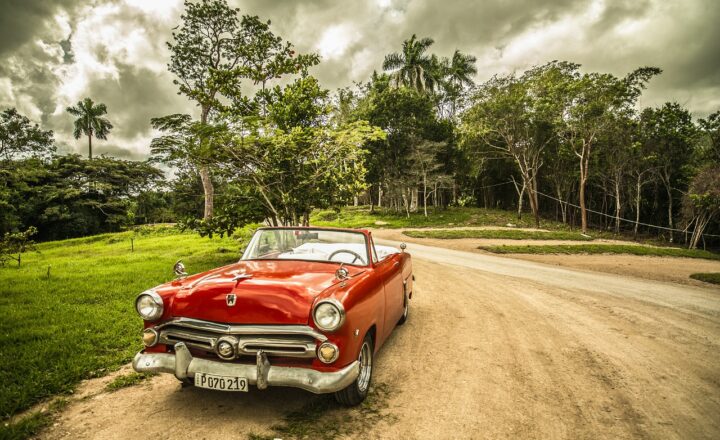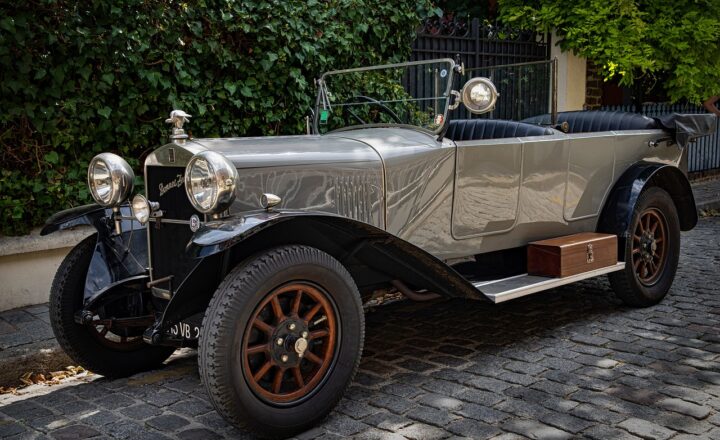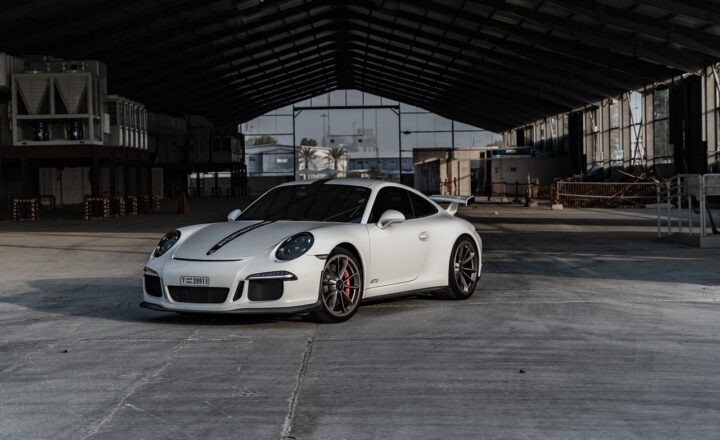The Honda Prelude: How Honda’s Sport Coupe Became a 90s Icon
November 13, 2024

The 1990s was a transformative decade for car enthusiasts, marked by shifts in design, performance, and technology. Among the many models that emerged during this time, few captivated the hearts and minds of drivers quite like the Honda Prelude. As a sport coupe that combined innovative engineering with a distinctive aesthetic, the Prelude earned its place as an automotive icon of the 90s. In this article, we will explore the history, design, and impact of the Honda Prelude, delving into what made it a memorable vehicle for an entire generation.
1. The Birth of the Prelude: A Pioneering Concept
The Honda Prelude made its debut in 1978, but it was during the 1990s—specifically its second generation in 1983 and the subsequent third and fourth generations—that the Prelude truly blossomed into a celebrated sport coupe. The Prelude was Honda’s initial foray into the sporty coupe market, and its development was inspired by a desire to create a vehicle that blended performance with practicality.
Designed as a stylish and agile alternative to sedans, the Prelude featured sleek lines and a low profile, incorporating elements like pop-up headlights that added a touch of drama to its appearance. Honda aimed to attract a younger demographic keen on performance without sacrificing everyday usability.
2. The Prelude in the 1990s: A Performance Powerhouse
By the time the Prelude entered its fourth generation in 1992, it was equipped with impressive features that highlighted Honda’s engineering prowess. This generation came with a broader stance, refined suspension, and a powerful engine lineup that appealed to driving enthusiasts.
Key features of the fourth-generation Prelude include:
- Engine Options: The Prelude was available with a variety of engines, with the flagship model boasting a 2.2-liter H22A DOHC VTEC engine capable of producing 190 horsepower. This engine provided fantastic acceleration, making it a joy to drive on both city streets and winding country roads.
- Four-Wheel Steering (4WS): A revolutionary feature for its time, the 4WS system allowed the rear wheels to turn in unison with the front wheels at low speeds for increased maneuverability, while at high speeds, the rear wheels turned in the opposite direction for improved stability. This technology enhanced the driving experience, giving the Prelude an edge over its competitors.
- Aesthetics: The Prelude’s bold and aggressive styling featured sharp angles, aggressive wheel arches, and a sporty rear spoiler, making it stand out in a sea of similar vehicles. The use of aerodynamic design principles not only improved its look but also its performance by reducing drag.
These elements combined to make the Prelude not just a mode of transportation, but a lifestyle statement for young drivers who craved performance and style.
3. The Prelude and Pop Culture: A 90s Icon
The Honda Prelude didn’t just find its fame on the road; it also became a cultural icon in 1990s pop culture. It made several memorable appearances in movies, television shows, and music, elevating its status as a symbol of youth and freedom.
In films like “The Fast and the Furious,” the Prelude was often associated with street racing and adrenaline-fueled adventures, further solidifying its legacy amongst car enthusiasts. Music videos featuring the Prelude showcased its sporty aesthetic coupled with dynamic performance, appealing to a generation that was beginning to embrace car culture.
Many owners customized their Preludes, adding aftermarket parts and personalized touches that spoke to individual expression. This modification culture contributed to the car’s popularity, fostering a community of enthusiasts who cherished the Prelude for its performance capabilities and styling.
4. The Prelude Legacy: What It Means Today
Today, the Honda Prelude stands as a testament to Honda’s commitment to innovation and performance. While the Prelude was discontinued in 2001, its legacy continues to influence modern Honda models and inspire future generations of car enthusiasts. The Prelude exemplified the perfect blend of style, performance, and practicality, characteristics that remain integral to Honda’s philosophy.
The vehicles that succeeded the Prelude may not share its name, but they do encompass the spirit that the Prelude personified. Honda’s focus on sporty vehicles that provide an engaging driving experience can be traced back to the Prelude’s ethos.
Moreover, the Honda Prelude has gained a significant following among collectors and restoration enthusiasts. Original models, especially those from the 1990s, are now sought after in automotive circles. The Prelude has become a beloved piece of automotive history, and it continues to evoke nostalgia for those who remember its heyday.
5. Conclusion: Embracing the Spirit of the Prelude
The Honda Prelude is more than just a car from the 90s; it represents a unique blend of performance, innovation, and cultural significance that resonates with car enthusiasts today. From its groundbreaking engineering features to its influence on pop culture, the Prelude captured the imagination of an entire generation and continues to inspire automotive design today.
Though it may no longer be in production, the spirit of the Honda Prelude lives on in its passionate fanbase and the influence it had on subsequent Honda models. As we revisit the 90s and reflect on the vehicles that helped shape automotive culture, the Honda Prelude remains a celebrated icon, reminding us of the excitement of driving and the joy of exploring the open road.







